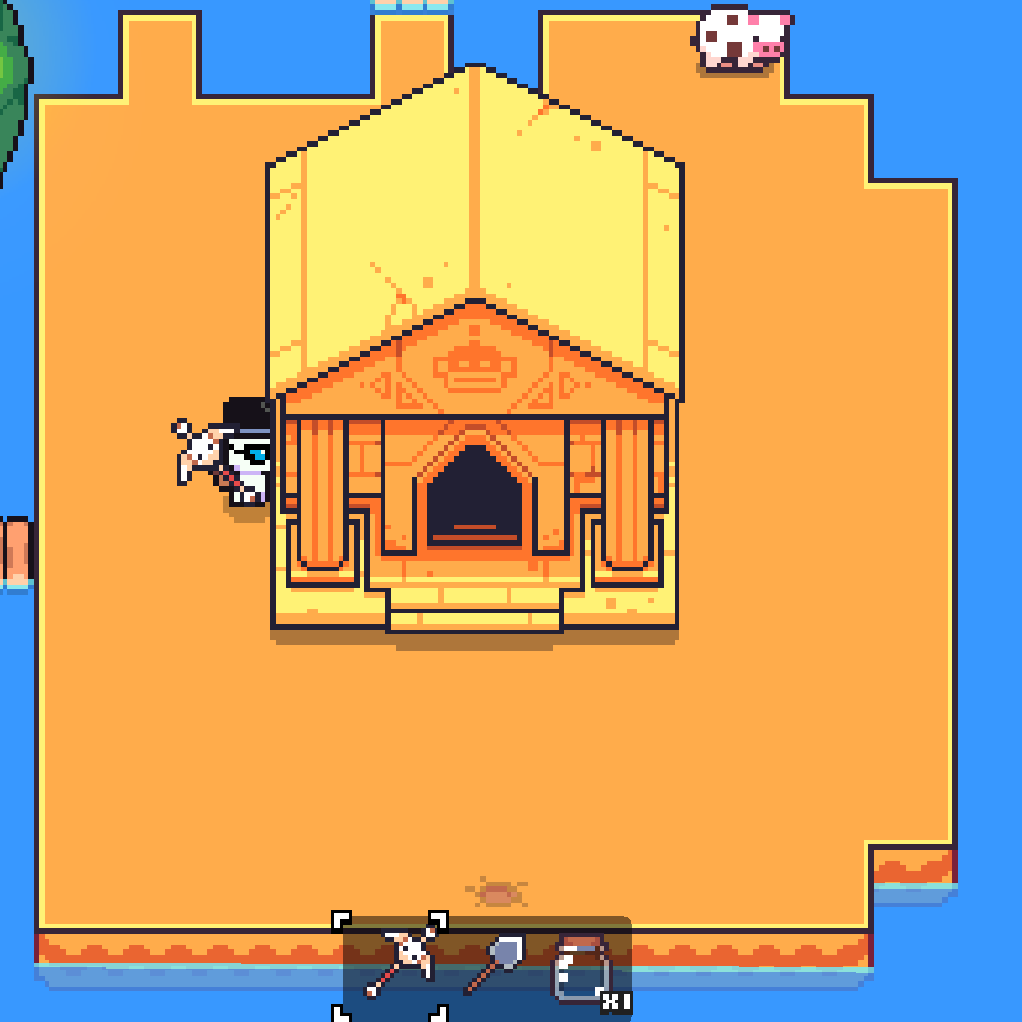
It has been declared the oldest known structure built as a temple. Its mission must purely be a religious one. There is no sign of food storage or farming and it has no evident purpose. One thing is clear to the excavators - this site was not a place to live. But building with stones that weigh tons began here in Göbeklitepe, long before Egypt or England with Stonehenge. This was a project similar to building the pyramids of Egypt. But there are also the ones that are anthropomorphic or in the shape of a human. Most of the pillar carvings are of animals. This is what I also believe that the builders of Göbeklitepe wanted to attract the attention of the gods, above the stars, in order to interact with them. Some think these T-shaped pillars once held up a thatched roof or other material others believe they symbolize humans. Piled up stones serve as a wall to make this circle an enclosure. Every circle has two massive T-shaped pillars at the center of the circle. Only a few of these circles have been excavated so far and the site is already massive. One circle has 12 stones spaced around its perimeter and two stones in the middle. Some researchers estimate this would have required many clans to come together – perhaps 500 people at a time – to both build and feed the builders.Įach circle is about 30 feet (9.1 meters) in diameter. The pillars were then erected vertically into a base that had been carved into the bedrock. They were pried out and moved a few hundred feet using only wooden levers. These pillars each weighed as much as 20 tons (9.1 quintals) and each was carved out of a solid block of granite. T-Shaped Pillars Symbolizing Humans Found at GöbeklitepeĪ typical structure consists of a circle of standing pillars built from stones up to 20 feet (6.1 meters) tall. Construction started about 12 millennia ago and continued for approximately 2,000 years. Göbeklitepe is a vast collection of stone structures built by Stone Age hunter-gatherers. Some believe that Göbeklitepe was a major step in the evolution of religion and the human connection with God - that it marks the beginning of civilization and might be the root of the world’s three great monotheistic religions. Its eyes are made of obsidian.īalikli Göl otherwise known as Urfa Man is the oldest statue of natural size, well preserved in human history. Urfa was (and still is) an oasis, which could explain why Göbeklitepe was built nearby.Ī life-sized limestone statue found in Urfa, at the pond known as Balikli Göl, has been carbon-dated to 10,000 – 9,000 BC, making it the earliest known stone sculpture ever found. Once also known as Edessa, Urfa is on the edge of the rainy area of the Taurus Mountains, source of the river that runs through the town and joins the Euphrates. Called “the town of prophets” Urfa has been linked with the biblical Abraham (some claim that Urfa was the town of Ur mentioned in the Bible) and was known to have hosted the Holy Mandylion.

It is a small hill on the horizon, 9.5 miles (15 kilometers) northwest of the town of Urfa in Southern Anatolia.

The Turkish Ministry of Tourism and Culture designated 2019 as the Year of Göbeklitepe with over a million visitors expected.Īs such, Göbeklitepe is the most important archaeological site in the world.


Listed as a UNESCO World Heritage Site in July 2018, the site began to attract travelers and history enthusiasts from all over the world. Göbeklitepe has rewritten the history of human civilization. It was built by hunter-gatherers in the pre-pottery Neolithic period, before writing and the wheel were invented. Göbeklitepe, the world’s oldest temple, is around 12,000 years old.


 0 kommentar(er)
0 kommentar(er)
